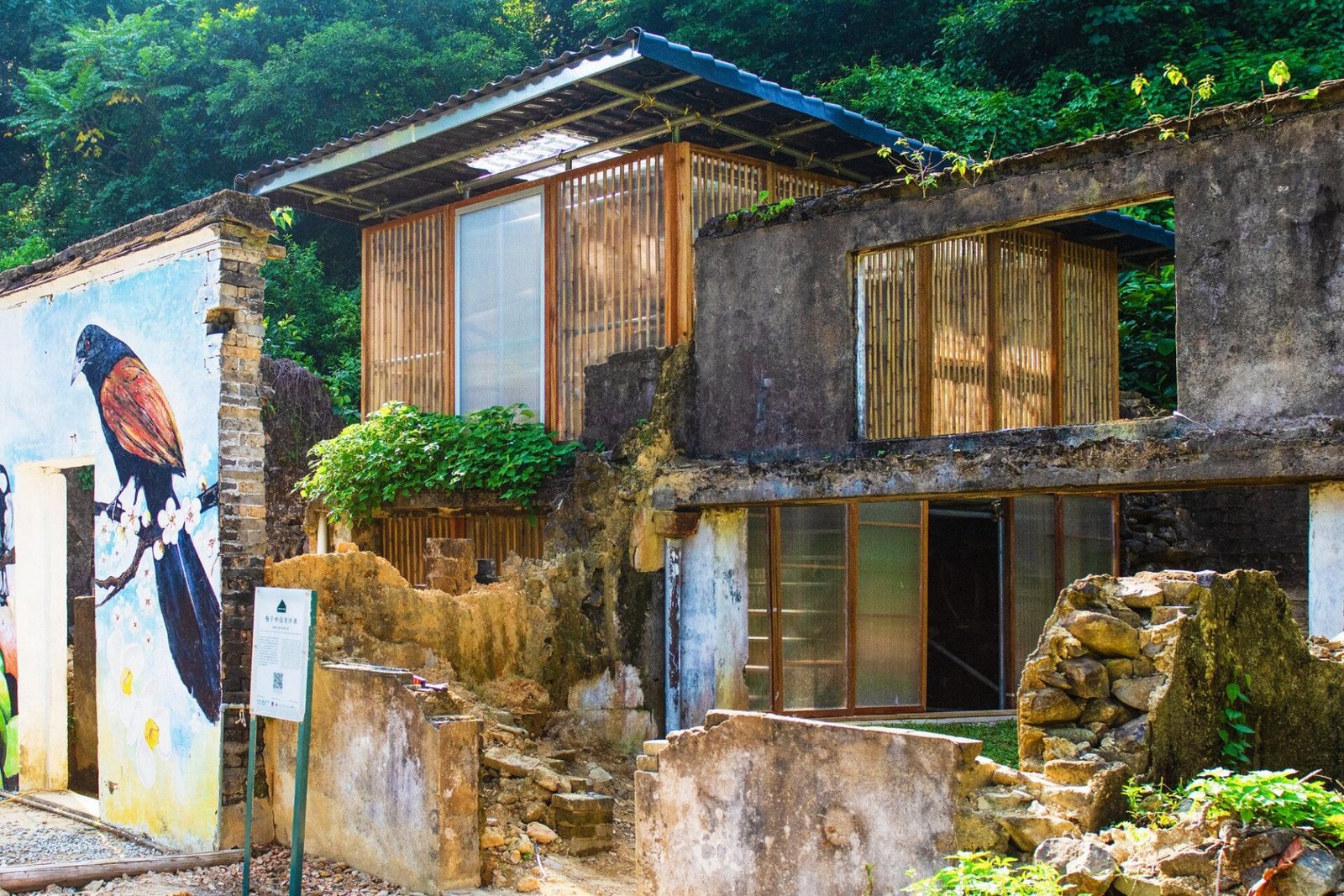Mui Tsz Lam, a historic Hakka village in northeast Hong Kong, has undergone a remarkable transformation, thanks to the dedication and vision of Tsang Yuk-on and collaborative efforts from various stakeholders. This village’s journey from abandonment to rejuvenation serves as a model for sustainable rural revitalization.
Established 360 years ago, Mui Tsz Lam was once a thriving farming community. However, by the late 1980s, it was deserted as villagers moved to urban areas or overseas. Despite its decline, the village’s original structures, such as rammed-earth houses, terraced fields, and spiritual sites, remained, holding the echoes of its past.
Tsang Yuk-on, the village representative, returned to his ancestral home with a vision to breathe new life into Mui Tsz Lam. Motivated by fond childhood memories and a deep sense of belonging, Tsang spearheaded efforts to restore and revitalize the village. His commitment was instrumental in initiating the Project Plum Grove.
The Chinese University of Hong Kong’s School of Architecture, led by Thomas Chung, collaborated with Tsang and local volunteers to restore two key houses in the village: the Old House and the Mural House. The project won prestigious architectural awards and was recognized at international festivals, highlighting its innovative approach to rural revitalization.
The restoration process focused on preserving the village’s heritage while introducing minimal modern interventions. The project team rebuilt rammed-earth walls using traditional techniques and sourced materials locally, consulting with original villagers. New additions, such as polycarbonate and bamboo panels, complemented the historical architecture.
The restoration has sparked a wider interest in Mui Tsz Lam. More villagers are returning to rebuild their homes, and NGOs are contributing to the development of community amenities. The Old House is being converted into a Hakka culture hub, while the Mural House serves as a rural living lab, fostering research and recreation.
Project Plum Grove has set a precedent for reviving other Hakka villages in Hong Kong. It demonstrates how rural communities can be rejuvenated while preserving their cultural and historical essence. Chung and his team at CUHK are now extending their efforts to other remote villages, ensuring the sustainability of these cultural treasures.
The story of Mui Tsz Lam is a testament to the power of community, perseverance, and innovative architectural practices. It showcases how rural areas can be revitalized while honoring their heritage, providing a blueprint for other villages facing similar challenges. The village stands as a beacon of hope and a model for sustainable rural development.
READ MORE:
